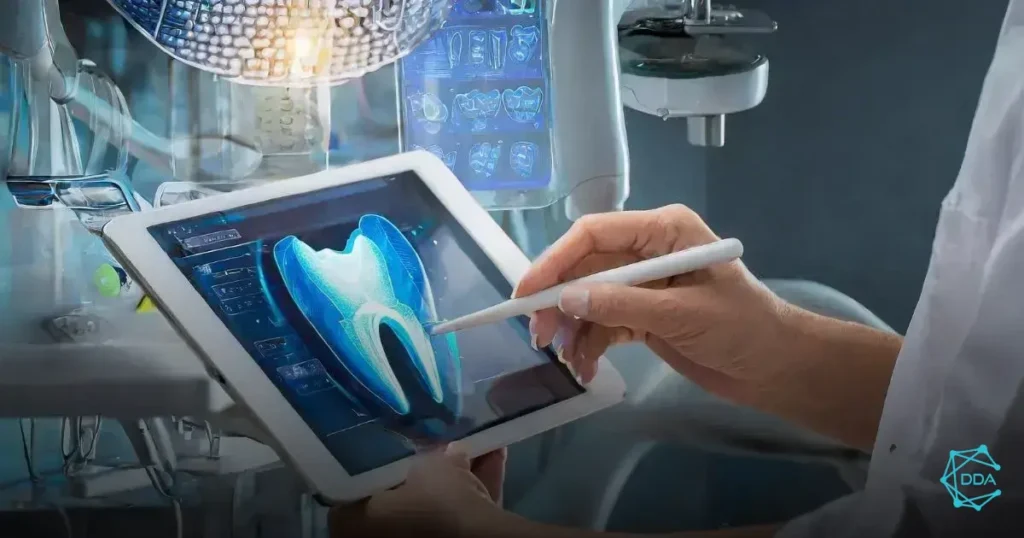A ready-made dental prescription is essential for providing good patient care and for correctly recording the procedures performed. In this article, we will discuss the importance of dental prescriptions, how to create an efficient model, and some tips for optimizing their use.
What is a dental prescription?
A dental prescription is a document used by dentists to prescribe medications, treatments and guidance to patients. It serves as a record of the conduct adopted during dental treatment, ensuring compliance with the ethical and legal standards of the profession.
The importance of dental prescriptions
Dental prescriptions are essential for patient safety and for the organization of the dental practice. When prescribing medications, the dentist assumes responsibility for possible adverse reactions and drug interactions. In addition, the prescription helps with consultation with other health professionals, facilitating treatment monitoring.
In addition to recording prescribed medications, the prescription may also contain guidance on oral hygiene, proper nutrition and post-treatment care. This information is important for the patient to understand and correctly follow the recommendations, enhancing the results of the treatment.
How to create an efficient dental prescription template
When preparing a dental prescription template, it is important to consider some essential elements to ensure its efficiency:
1. Identification of the patient and the dentist
At the top of the prescription, the patient's full name, the dentist's professional registration number and the office's contact information should appear. This information makes it easier to identify and contact the patient if necessary.
2. Prescription date and number
Next, it is important to record the date of the prescription and a sequential number to facilitate the organization and control of the prescription.
3. Prescription medications
Prescribed medications must be clearly detailed, stating the generic or commercial name, dosage (dose and frequency of use) and pharmaceutical form (tablet, cream, gel, etc.). It is essential to use language that is easy for the patient to understand.
4. Mandatory prescription
For controlled medications, it is necessary to emphasize the obligation for the patient to retain the prescription and the need to present it at the pharmacy for purchase. Also inform about the validity of the prescription, which may vary according to current legislation.
5. Additional guidelines
In addition to prescribed medications, it is important to include additional instructions in the prescription, such as post-operative care, dietary restrictions and oral hygiene measures. This information complements the treatment and helps the patient recover.
Tips for optimizing the use of dental prescriptions
To optimize the use of dental prescriptions, it is important to follow some practices:
1. Standardize the model
Always use the same prescription template, with all the necessary information in a clear and organized manner. This speeds up the filling process and avoids errors or data omissions.
2. Update the information
Regularly check that the information on the prescription is up to date, such as telephone number, address and professional registration number.
3. Guide the patient
Explain to the patient the importance of following the instructions contained in the prescription correctly and answer any questions. Reinforce the need to use the medication according to the prescribed dosage.
4. File correctly
Maintain an efficient filing system for prescriptions, making it easier to consult and control prescriptions. Store them in safe places and separate them by date range or identification number.
5. Stay updated
Always be up to date on current legislation for prescribing medication and on new developments in the field, in order to provide safe and effective guidance to patients.
With the proper use of dental prescriptions, it is possible to provide quality care, ensuring the correct prescription of medications and guidance to patients. In addition, prescriptions contribute to the proper recording of conduct and facilitate the monitoring of dental treatment.






